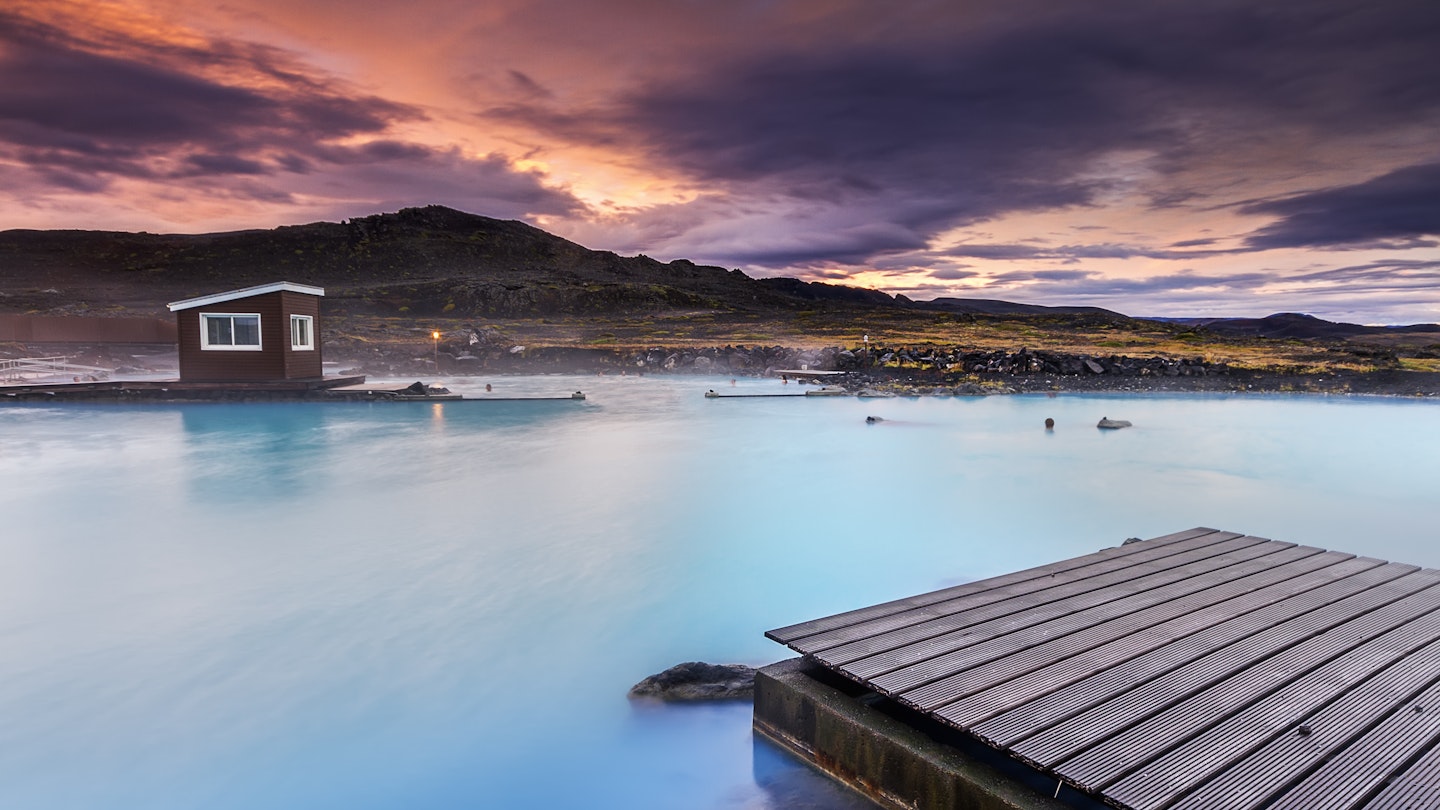Exploring Iceland Post-Pandemic

Elena Gonzalez, a nurse at a critical care unit in Spain, left her overcrowded hospital for a long-awaited vacation this fall, aiming for a destination relatively free of Covid-19. In Iceland, the term “hot spot” referred only to the volcanoes.
So far, she has walked behind Seljalandsfoss, watched icebergs drift towards the sea at the Glacier Lagoon, and dipped her toes into the water-filled Grjótajá cave. “My photographs literally have no people,” Gonzalez, 26, reported. “It feels like exploring Iceland before the island was settled, before the Vikings.”
Nowadays, the hot springs, waterfalls, and lava fields all feature extensive parking lots nearby. They remain empty, but for how long? With one of the largest wilderness areas in Europe, Iceland is preparing for a greater appreciation of its remote and desolate land once international travel resumes. The two-meter distancing rule can just as well become two kilometers.

“Judging from online traffic and internet searches, there are many people currently daydreaming about Iceland,” says Kristjan Sigurjonsson, an industry expert and editor of Turisti.is. “Over the years, Iceland has gained popularity among young travelers—the group most likely to take off once restrictions ease.”
However, entry into Iceland remains a challenge. All incoming passengers must quarantine for five days and undergo a coronavirus test post-arrival. Consequently, tourists are required to self-isolate in Reykjavík before their planned adventures, risking potential further isolation in case of a positive test result.
Summer 2021 in Iceland
Visitor numbers are expected to remain relatively low throughout summer 2021, presenting an ideal opportunity to promote epic road trips. The Arctic Coast Way, a 900 km (560 mile) route connecting 21 harbor villages and lesser-known northern attractions, presents an exciting alternative to the famous Ring Road.
Moreover, enhanced road conditions in the Westfjords, including the recent completion of a six-km (four-mile) mountain tunnel, are making the unbeaten path increasingly accessible. The stunning fjord-zigzag, the Westfjords Way, can easily sustain an entire vacation.
In November, the government announced plans to open a large public park in the Westfjord area of Dynjandi waterfall. Legislators are already moving forward with plans to transform the entire Highland region into a park, which will facilitate greater control in crowded areas, protecting the environment that attracts visitors.
The harbor town of Húsavík has surged in popularity, serving as the fictional hometown of the characters in the 2020 Netflix comedy ‘Eurovision Song Contest: The Story of Fire Saga.’ The town is also renowned as Iceland’s whale-watching capital—some even claim it to be the best in Europe. Tour operator Heimir Hardarson anticipates the area will benefit from the trend of people planning fewer but longer trips abroad.

“At the height of the tourism boom, airlines were vying for market share, and people might visit Iceland on a four-day trans-Atlantic layover,” he noted. “That’s inadequate time to explore the north. Thus, our growth has been more gradual and organic.” He anticipates that as travelers embrace “slow travel,” they will increasingly consider the environmental impacts of their activities.
While travelers explore the island, whether slowly or quickly, investors have recognized the universal need for bathing. Geothermally heated baths have opened across the country. The latest, Vök Baths, is located in eastern Iceland. Additionally, Reykjavík is set to welcome its first geothermal bath with the opening of Sky Lagoon next year.
Airlines are also adapting for the anticipated return of tourists. Icelandair, the flag carrier, has recently announced an ambitious flight schedule for next year, providing regular connections between 32 destinations in Europe and North America. Other airlines, such as American Airlines and Delta, are preparing to meet the expected rise in demand next year.
However, the government remains cautious about welcoming tourists too soon. The double-testing requirement is expected to remain in place throughout December. In August, three visitors from France violated their mandatory five-day quarantine by visiting a crowded pub in downtown Reykjavik, leading to dozens of infections and a lockdown of the capital for several weeks.

As a nation heavily reliant on foreign visitors, the government has opened up opportunities for foreign nationals outside Europe to obtain a long-term visa that allows them and their families to reside in Iceland for up to six months. However, this offer is limited to individuals with a minimum monthly income of US$7000.
On a recent, chilly but sunny afternoon by Lake Mývatn, five international students from the University of Iceland enjoyed sandwiches beside a closed café. “We have to attend classes remotely,” stated Moara Smets, a linguistics student, “and that’s exactly what we are doing. Very, very remotely.”




